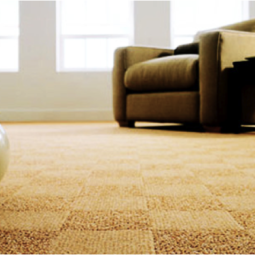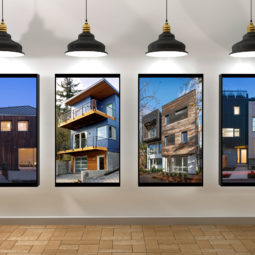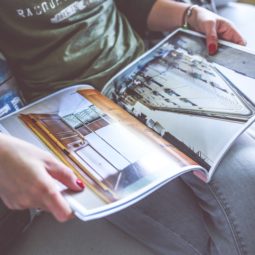
By EMMA HINCHLIFFE
A/E Editor
When completed and certified, 24th and Union, a multifamily development at 1419 24th Ave. in the Central District, will be the state’s largest passive house project. The project is being developed and built by Cascade Built. Recognized as pioneers in the field, this will be the developer’s fourth passive house multifamily apartment project and sixth passive house project overall.
24th and Union is an eight-story development with 107 units, including one-bedroom, studio units and small efficiency dwelling units. The project consists of two buildings with a large central courtyard in-between. The buildings are connected by a series of external “corridors.” The project was designed to provide residents with as much access to the outside as possible within a dense urban environment. In addition to the large central courtyard, there is a rooftop area. Five of the units have private terraces and eighteen have private balconies. All in-unit windows either open onto the courtyard or at the front of the property. The sky-bridge connectors look down on to the courtyard and are partly exposed providing a further accessible outside space. Additional features include a spacious entry lobby, storage for personal items and bikes, a small fitness room and a common area lounge. The building was designed by b9 Architects with support from Quantum Consulting Engineers, Root of Design, Staengl Engineering, RDH, and Evergreen Certified.
“This project encapsulates everything I’ve learned to date when building passive housing and what solutions work best,” Sloan Ritchie, CEO and founder of Cascade Built, who started his foray into passive housing with a single-family home over ten years ago, said. “For this development we knew that it was vital to have a central ventilation system and we also installed tilt and turn windows.”
Ritchie has partnered with investors HAL Real Estate and Tim and Peter Wolff on this project. For both investment groups this is their first foray into the passive housing market. However, it will almost certainly not be their last. When discussing the decision to invest, Peter Wolff and Jonathan Manheim, president of HAL Real Estate, both explained how they see passive housing as a morally and financially sound investment. “As an industry we need to look for ways to minimize environmental impact…in the case of passive house it’s an exciting way of pushing that envelope,” Manheim said. “Investing in passive housing is one way we can aid with climate change,” Wolff added, “these projects are also relatively easy to execute, so when it comes to building more passive housing I think it comes down to choice, maybe ten or even five years ago you could question the financial viability of passive housing but not anymore. The tech is getting better all the time and the investment continues to make more and more financial sense,” he continued. Ritchie concurred that the technology is now relatively easy to execute and at a price not incomparable to non-passive house construction.
“While it might be relatively new to the Pacific Northwest, the design methodology and tech for passive housing is already tried and tested in thousands of buildings in Europe, so we know it can be done well and at good cost,” Manheim added, “I think HAL Real Estate’s investment in this project sends a good sign to the market that passive housing makes economic sense.” On average, passive house buildings tend to use 40/50% less energy than what is required by code, saving developers, investors, and renters, on energy costs.
Speaking to those involved in the project at 24th and Union, it is clear that they expect to invest in more passive housing in the future and that as a result we should expect to see more multifamily passive house construction in Washington, likely at and beyond the scale of the 24th and Union development. “I think passive housing is about to have its day in North America,” Manheim said. A mix of market forces and legislation, such as Governor Inslee’s net-zero goals, appear to be behind the rise and interest in passive housing. “I think we are seeing a rise in what I call `consumer activism,’” Wolff reflected, “Renters and buyers are increasingly recognizing the value in passive housing.” Wolff also said that he believes that the more people that get to experience passive housing – especially what it’s like to live in an environment with continuously re-cycled air – the more demand will grow. “I think passive housing is a better housing experience,” he concluded.
Construction began on the project at 24th and Union in December 2021 and is projected to be completed in Q3 of 2023.
The project team includes, b9 Architects, architect; Quantum Consulting Engineers; structural engineer; Blueline, civil engineer; Staengl Engineering, mechanical engineer, Root of Design, landscape architect; Cascade Built, developed and general contractor and 24&U LLC, owner.
« Previous Story Next Story: Passive Gets Aggressive



